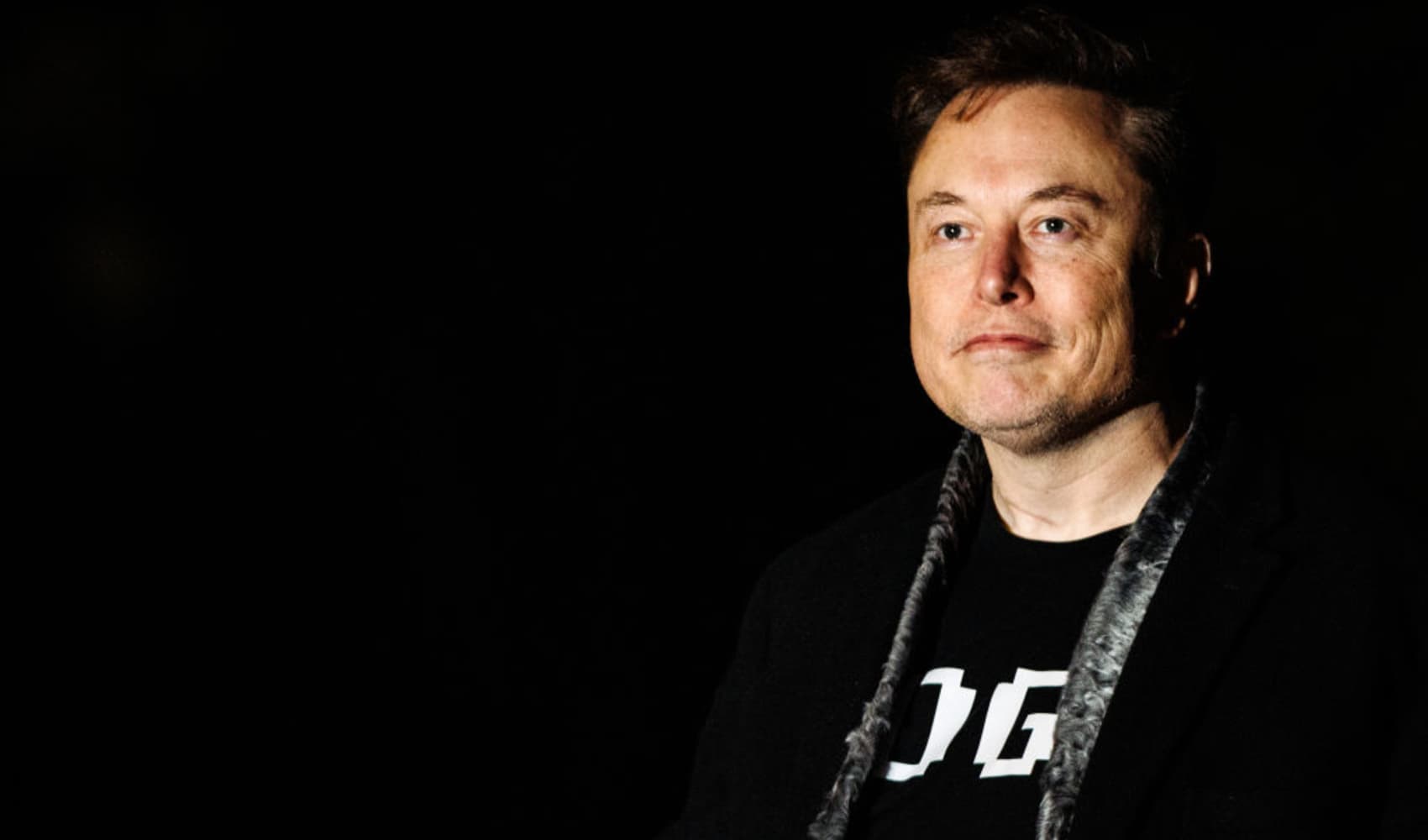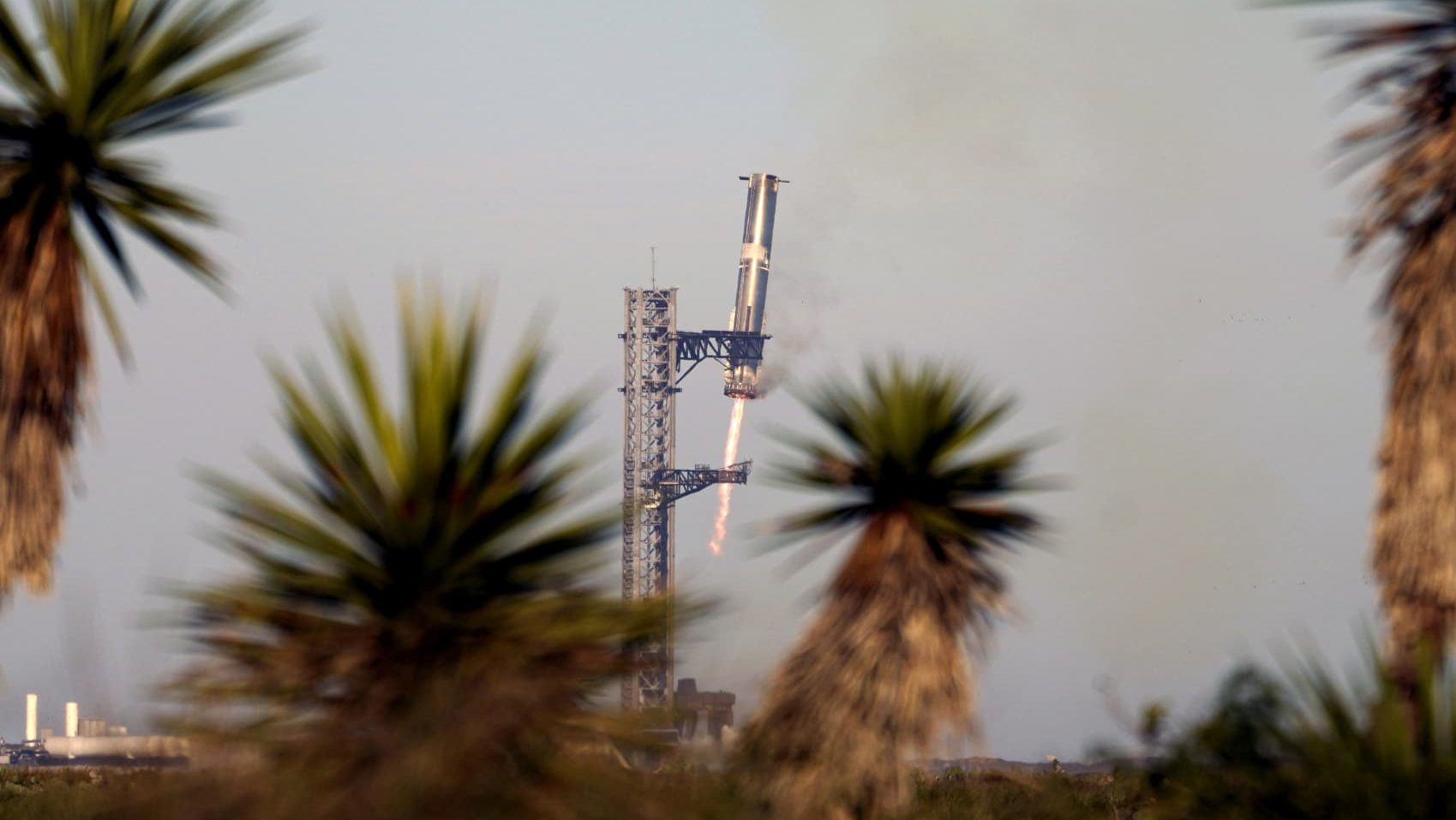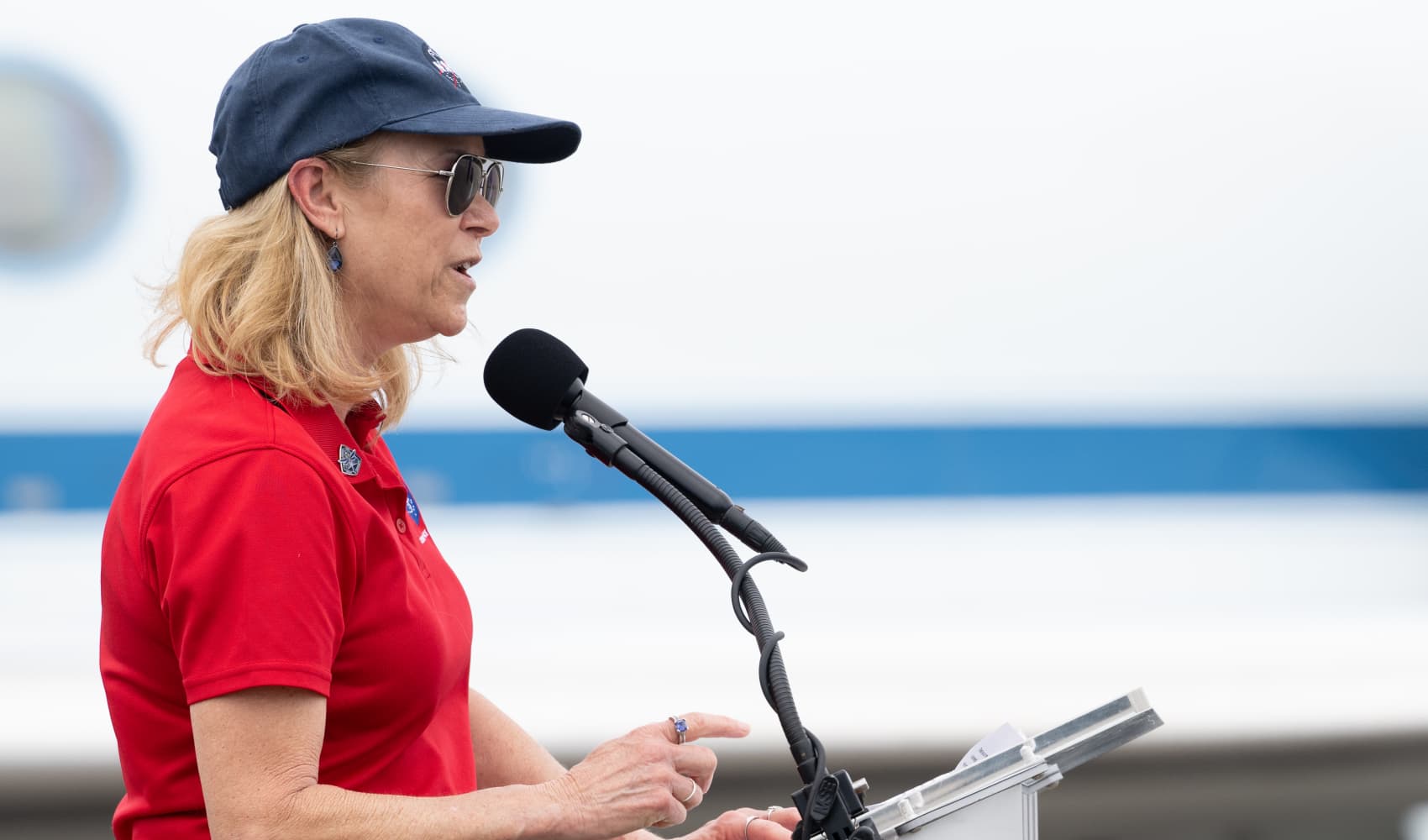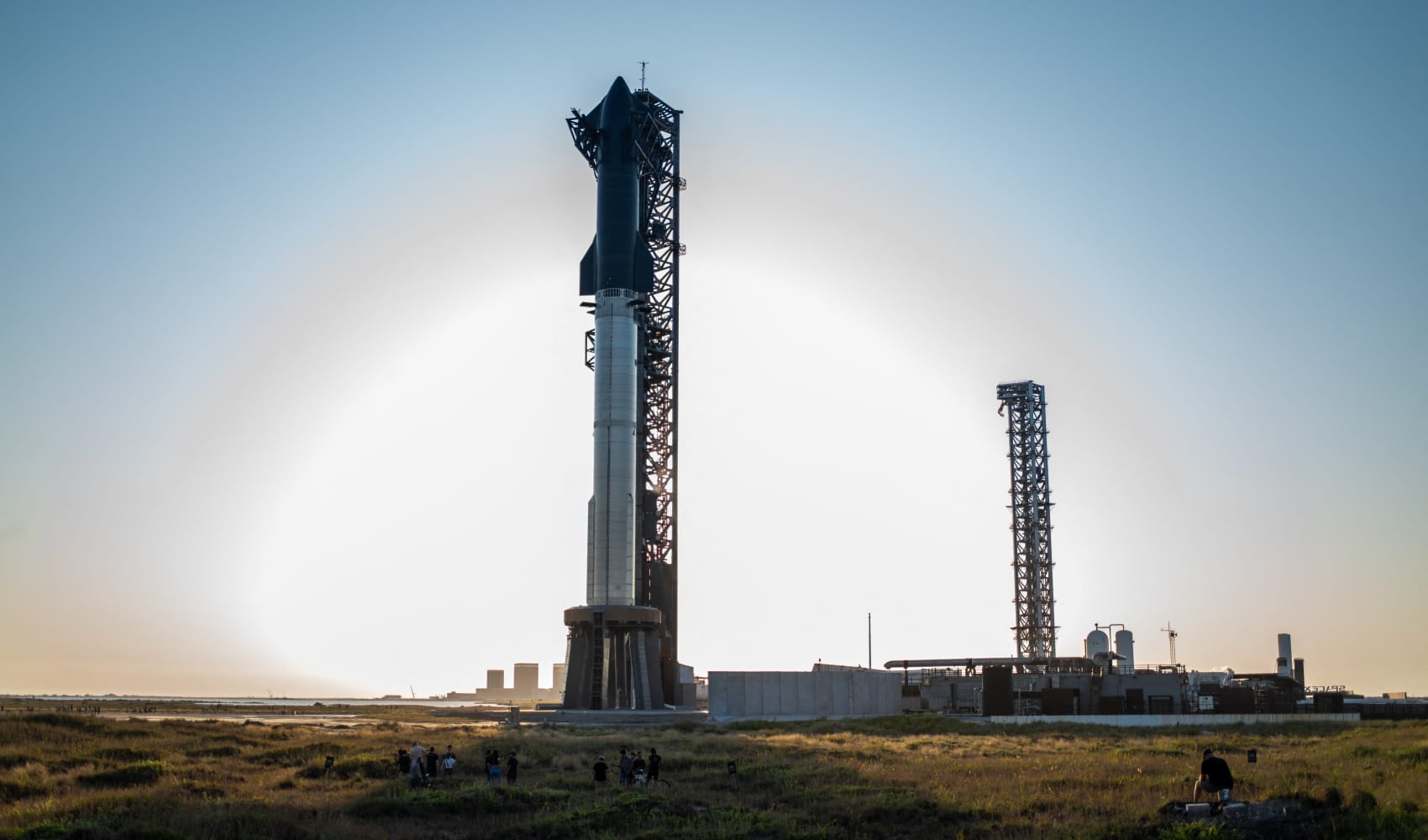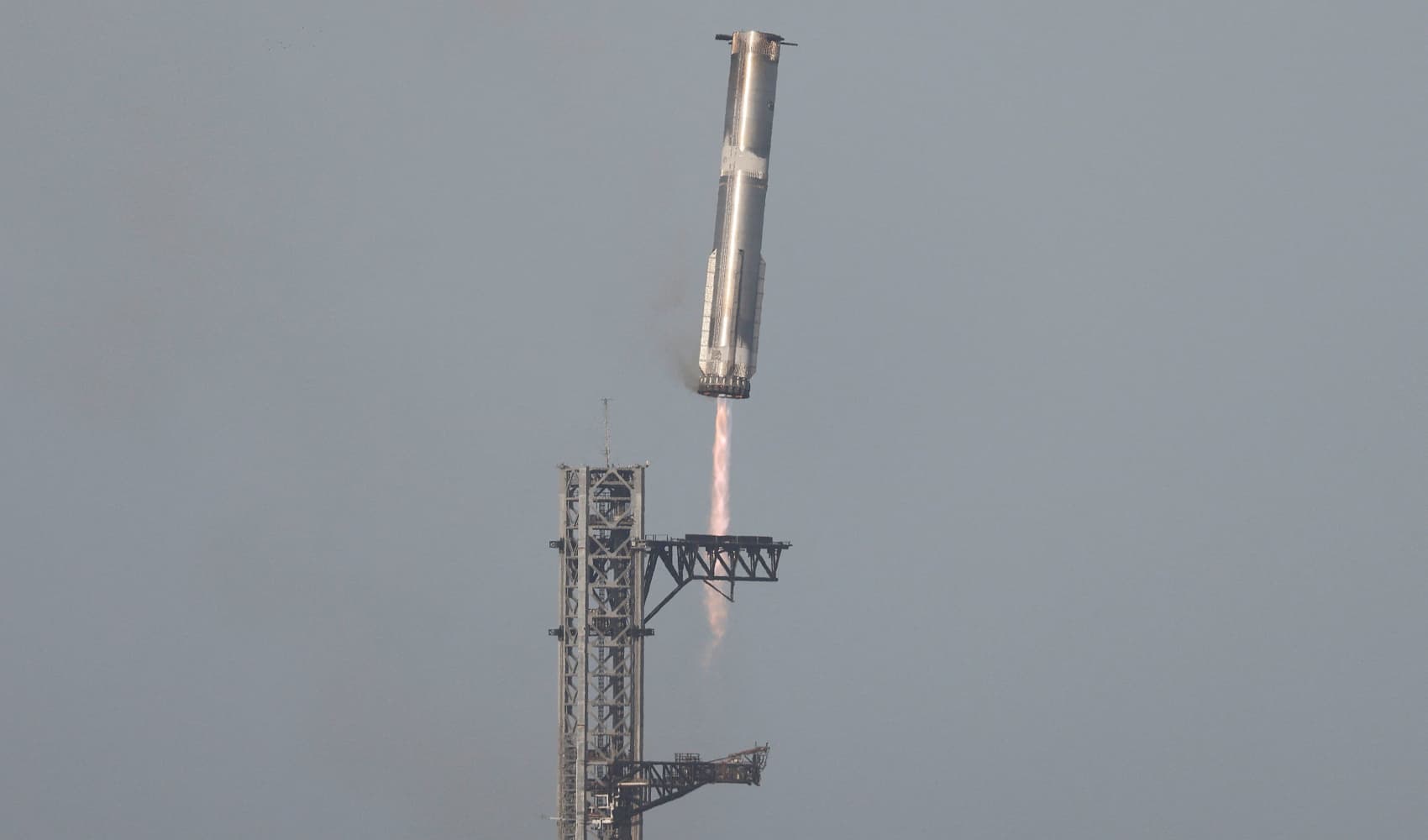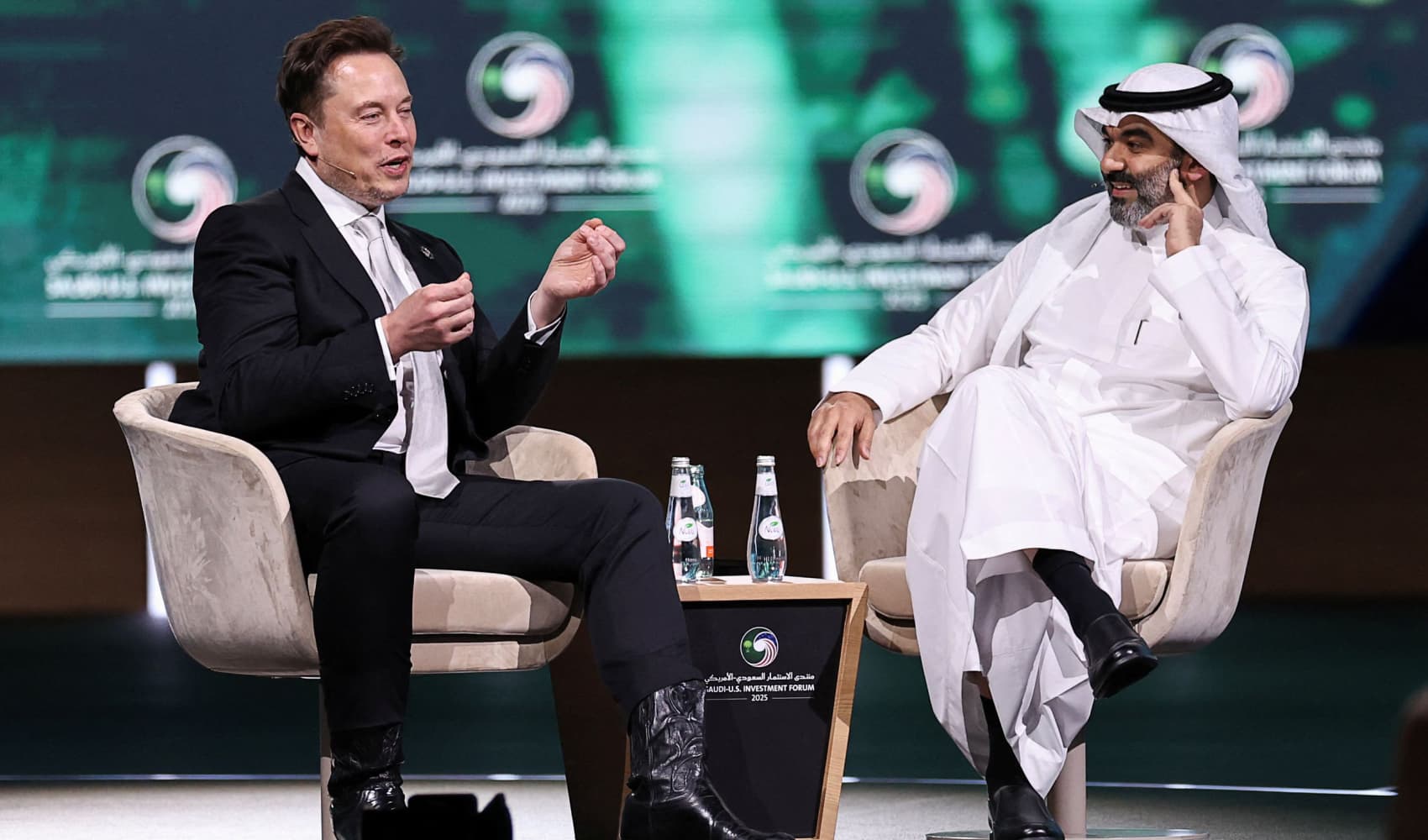Elon Musk: Cutting DOGE Time, ReFocusing on Tesla!
Elon Musk Shifts Gears: DOGE Time Dwindles as Tesla Reignites
Introduction: A Pivot Back to the Future?
Alright, buckle up, folks! It seems the enigmatic Elon Musk is about to pump the brakes on his government involvement and floor it back to Tesla. We're talking a significant shift, a U-turn of epic proportions. Is this good news for Tesla investors? Is the political landscape about to feel a little less...Musk-y? Let's dive deep into what this all means, shall we?
Tesla's Rocky Road: Q1 Results and Political Headwinds
Tesla recently announced a less-than-stellar first-quarter earnings report. A sizable drop in profit and revenue isn't exactly the kind of news that makes shareholders do a happy dance. The company pointed a finger at a challenging political environment, specifically mentioning the Trump administration's tariff plans. Could Musk's government role have been a contributing factor, stretching him too thin? The market seems to think so.
"DOGE" Days Are Numbered: Musk's Time Commitment Reduction
Here's the juicy bit: during Tesla's investor call, Musk stated, "Starting probably next month, May, my time obligation to DOGE will drop significantly." Now, before you start picturing Shiba Inus packing their bags, "DOGE" here refers to Musk's involvement with the Department of Government Efficiency. So, less time streamlining bureaucracy, more time on electric cars and rockets, apparently.
The "Day or Two" Promise: A Lingering Political Footprint
Don't expect a complete political exodus, though. Musk clarified, "I think I’ll continue to spend a day or two per week on government matters for as long as the president would like me to do so, and for as long as it is useful..." So, he's not completely ditching the political arena, but significantly reducing his involvement. It's like switching from a full-time job to a consulting gig.
Tesla Investors Rejoice: A Return to Core Business
For Tesla investors, this news likely comes as a sigh of relief. Many have expressed concerns about Musk's divided attention. A laser focus on Tesla could translate to faster innovation, improved production, and ultimately, a healthier bottom line. Think of it like a chef finally returning to their signature dish after experimenting with too many side projects.
White House Power Shift? Speculation and Implications
Musk's reduced involvement could signal a potential shift in influence within the White House. While he maintains he'll stay involved "as long as it is useful," the scale-back suggests a possible difference in opinion or perhaps a natural winding down of his initial role. Is this a sign of things to come for other tech leaders involved in government? Only time will tell.
Understanding "DOGE": Decoding Musk's Government Role
What exactly was Musk doing?
It's understandable if you're scratching your head about this "DOGE" business. Elon Musk wasn't literally working with Dogecoin (the cryptocurrency), although he does post about it frequently on X. He was involved with initiatives aimed at improving government efficiency, offering his expertise in technology and innovation. It's essentially pro-bono consulting, but at the highest level.
Why the acronym?
The acronym “DOGE” is likely a lighthearted reference to the meme cryptocurrency. It reflects Musk’s playful and sometimes irreverent communication style. Think of it as an inside joke that’s become public.
Tesla's Challenges: Beyond Politics and Tariffs
Production bottlenecks
Tesla's production challenges are no secret. Ramping up production of new models, particularly the Cybertruck, has proven difficult. Solving these bottlenecks will be crucial for sustained growth. It's like a clogged artery preventing the flow of product.
Competition heats up
The electric vehicle market is becoming increasingly crowded. Traditional automakers and new startups are all vying for a piece of the pie. Tesla needs to stay ahead of the curve to maintain its market leadership. This isn't a solo race anymore; it's a full-blown marathon.
Profitability pressures
Maintaining profitability in a competitive market requires constant innovation and cost optimization. Tesla needs to find ways to reduce production costs without sacrificing quality. It's a delicate balancing act that requires careful management.
Musk's Influence: Beyond Tesla and Government
SpaceX and the future of space travel
Let's not forget about SpaceX! Musk's ambitions extend far beyond Earth. His vision for colonizing Mars is a testament to his boundless ambition. It’s a moonshot (pun intended!) that inspires both awe and skepticism.
Neuralink and brain-computer interfaces
Neuralink, Musk's brain-computer interface company, aims to revolutionize how we interact with technology. While still in its early stages, the potential implications are enormous. It’s a futuristic concept straight out of science fiction.
The Twitter (X) Effect: Musk's Social Media Presence
Musk's active presence on Twitter (now X) is a double-edged sword. While it allows him to connect directly with his followers and share his thoughts, it also exposes him to criticism and controversy. It's a powerful tool, but one that needs to be wielded carefully.
What's Next for Tesla? Innovation and Expansion
With Musk's increased focus, we can expect to see renewed efforts in areas like battery technology, autonomous driving, and expanding into new markets. Tesla needs to keep innovating to stay ahead of the competition. The future of Tesla hinges on its ability to adapt and evolve.
The Investor Perspective: A Cautious Optimism
While investors are likely pleased with Musk's decision to prioritize Tesla, caution is still warranted. The company faces significant challenges, and success is far from guaranteed. It's a time for cautious optimism, keeping a close eye on Tesla's progress.
The Environmental Impact: Electric Vehicles and Sustainability
Tesla's mission is to accelerate the world's transition to sustainable energy. Electric vehicles play a crucial role in reducing carbon emissions and combating climate change. Every Tesla on the road is a small step towards a greener future.
Elon Musk: A Complex and Controversial Figure
Love him or hate him, Elon Musk is a force to be reckoned with. He's a visionary, an innovator, and a disruptor. He's also a controversial figure who often polarizes opinions. He defies simple categorization and challenges conventional thinking.
Conclusion: Tesla's Path Forward
So, what's the takeaway? Elon Musk is shifting his focus back to Tesla, reducing his involvement in government affairs. This is likely good news for Tesla investors, but the company still faces significant challenges. The future of Tesla hinges on innovation, expansion, and navigating a rapidly changing market. Keep your eyes peeled – the ride is far from over!
Frequently Asked Questions
Q: What exactly does "DOGE" refer to in this context?
A: "DOGE" is likely an internal, lighthearted acronym Elon Musk used for his involvement with the Department of Government Efficiency, not the cryptocurrency.
Q: Why is Musk reducing his involvement in government?
A: While the exact reasons aren't explicitly stated, it's likely a combination of Tesla's need for his focused attention and a possible winding down of his initial role in the government.
Q: How will this affect Tesla stock?
A: The market reacted positively to the news, suggesting investors believe a more focused Musk will benefit Tesla. However, stock prices are subject to many factors, so it's not a guaranteed outcome.
Q: What are the biggest challenges facing Tesla right now?
A: Key challenges include increasing production, navigating growing competition in the EV market, and maintaining profitability while continuing to innovate.
Q: Will Musk completely stop tweeting about Dogecoin?
A: Probably not! Musk's Twitter (X) activity is unpredictable, and his fondness for Dogecoin seems unlikely to disappear completely.

